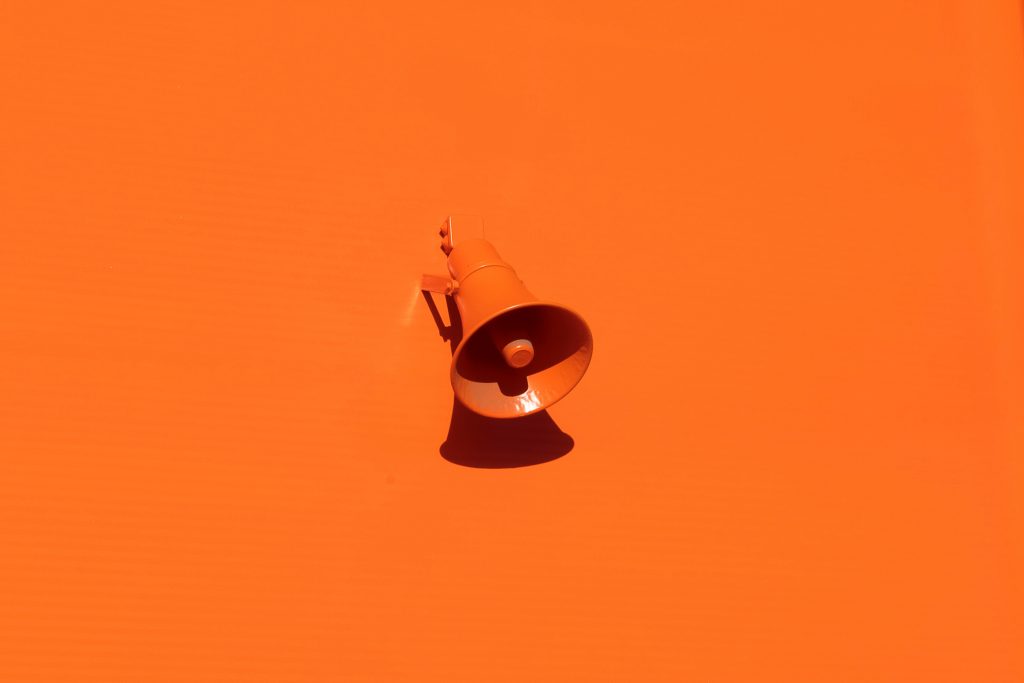“Anything worth worrying about is worth problem solving.” -Dr. Reid Wilson
The world is a little crazy at the moment, huh? With COVID-19 spreading like it is, and life getting flipped upside down as it is—well, it’s easier than ever to worry, to be riddled with anxiety, to let our minds wander into scary territory and get caught in a trap of fear.
This situation should be taken seriously. It’s normal for anxious thoughts and feelings to pop up. But, and I want to reiterate this, you don’t have to let worry and anxiety control your life. Because, instead of letting worry disrupt your life, it can help you.
You may need to reread that last sentence because I said worry can help you—“can help you” being the key phrase. But, left unchecked, it can overwhelm you, drowning you in a sea of your own thoughts.
It doesn’t have to be this way though, and I’m going to offer you a tool to overcome anxiety and worry. But first, we have to discuss something else: a common mistake when dealing with anxiety.

Don’t Let Anxiety Win
“Anxiety thrives on worry and avoidance.” -Dr. Reid Wilson
A common approach to anxiety is trying to keep ourselves busy—as if we can outrun it; that it won’t be able to catch up to us. The hope is that by ignoring it, anxiety will vanish.
Sorry. Nope, doesn’t work that way. Because anxiety is really happy when we avoid things. In the moment, avoidance may make us feel better, but in the long run, we’re only strengthening anxiety.
When we worry and do nothing, anxiety wins. We sit still while our minds go elsewhere:
“Oh man, if I don’t finish this project in time, my boss is going to be mad. And wait a minute, did I send the email yet. Crap! I still need to do that. But I have this project due too. Uggh!”
“This COVID-19 news is scaring me. With my luck, I know I’ll get the virus.”
“Did I leave the oven on?”
Anxiety wants us to be so tied up in our own thoughts and worries that we get stuck in place. Anxiety is happy, but us—eh, not so much.
Want to know what anxiety hates?
Action.
When we take our worries, all the fear and uncertainty and overwhelming thoughts that constantly pelt our mind, and we act on them—anxiety loses. So, how do we take worry and use it to help us? We use a concept about noise and signals.
Dr. Reid Wilson shares a wonderful idea for overcoming anxiety and worry in his book, “Stopping The Noise In Your Head“, involving two key steps:
- stepping back to create awareness; and
- labeling worry as either “noise” or a “signal.”

Overcoming Anxiety and Worry
“Signals come with solutions.” -Dr. Reid Wilson
When we feel anxious or worried, the first step is this: we take a step back. Not take a step back in a literal sense–though if that helps you, then, well, go for it—but a step back in a mental sense. We create distance from our thoughts.
“Oh man, did I lock the door when I left the apartment?”—Pause!
Stepping back is the act of creating awareness around worry. When a thought appears and creates a feeling of worry in our noggin, we pause and take a step back.
Noticing worry is crucial for step two: we label it.
The worry is labeled as either “noise” or a “signal.”
Noise is just that—noise. It’s loud, or quiet at times, but either way, it’s useless. It’s just there. Worry that’s noise wants you to notice it; it’s of no use though. Noise’s goal is to get you to sit on your butt and think and worry and drive yourself up a wall.
A signal on the other hand is a prompt. A signal’s goal is to get you to act; it’s a call to action in other words.
By labeling worry as noise, it loses its power over us. It’s simply a thought and not at all what it seems. Noise wants you to think it’s important, so you’ll dwell on it, but it’s not.
When we label something as a signal, we give ourselves power.
Remember: anxiety thrives on worry and avoidance.
That worry-filled thought, when labeled as a signal, now becomes helpful. It guides us towards action.
Let’s look at using this concept with a pertinent example: COVID-19.

COVID-19: Noise Or a Signal?
Let’s revisit the thought from above: “This COVID-19 news is scaring me. With my luck, I know I’ll get the virus.” Maybe it’s noise, and maybe it’s a signal—that’s up to you Mr./Mrs. reader.
To help, I’ll discuss how you could label it either way.
Case 1: You know you haven’t washed your hands today, and in fact, haven’t showered in over a week.
Well, first of all, that’s gross—go shower, please.
Second, what would you say that is? Is it noise? A signal?
It’s a signal. The worry should be there because you haven’t taken the steps to be safe. That worry was fuel for action. It prompted you towards a healthy behavior. Acting on it will ease the worry.
Case 2: You have washed your hands approximately 27.5 times today, to the point your hands are drier than the Sahara Desert, …
… so you label the thought as noise.
Great. You’ve done what you can to be safe and know that the worry is useless.
A Caveat
One quick thing: there is always an element of risk and uncertainty with this. That’s normal. By labeling something as noise, or as a signal, you could be wrong. Maybe you think, “But wait, maybe that is a signal. Maybe there is more I could do to protect myself.” You’re right. Maybe you could do more. But maybe not. Part of using this tool is making the best guess you can, and getting comfortable with some uncertainty.
If something small and trivial is labeled noise, then overtime we can learn to trust that instinct. As Marcus Aurelius once said, “You’re better off not giving the small things more time than they deserve.” Label it what you feel is best and go forward knowing you chose as best you could.
Okay. I just threw a lot at you:
… about how avoiding anxiety makes it stronger,
… of creating awareness when we worry and feel anxious so we can label it,
… and about worry being potentially helpful.
To help make sense of all of this, I want to introduce you to my friend, Gertrude. Okay, that’s a lie, but I didn’t want to use her real name in this. So, now she’s Gertrude.
How Gertrude Moved Through Anxiety And Worry
Not too long ago, Gertrude was stressed out the wazoo at work. She had a deadline coming up, emails to respond to, and to top it off, Gertrude’s co-worker was getting on her nerves. Her co-worker was acting irrational, aggressive, and accusatory when they met to work on a project; Gertrude was filled with worried thoughts about getting her work done, and how her co-worker was acting.
Luckily for Gertrude, she understood signals and noise. Her worry about her co-worker’s attitude was noise. It was there, really freaking loud and annoying, but it was only noise. In Gertrude’s own words:
“Defining her attitude as noise helped me focus on other areas of work that I could control—all the signals like stress over deadlines and quality of work were in my court.”

This concept of signals and noise helped Gertrude in her personal life as well.
One of Gertrude’s closest friends wasn’t happy; she was depressed, for years now. Being the kind and caring person she is, Gertrude always tried to help. She wanted to help her friend feel better. What Gertrude realized though, in her own words, was this: “…my stress over her was “noise” because I couldn’t really take action to fix things.”
She saw her friend struggling and wanted to fix the situation; to make it better in any way she could. But her friend’s problems weren’t her responsibility, nor were they truly in her power to affect. By labeling the worry as noise, she realized she could only do so much to help, and it saved her energy to focus on things she could control.
Now, when faced with feelings of anxiety, she asks herself,
“Wait. Can I do something about this (signal), or is it just an anxious thought (noise)?”
Kicking Anxiety’s Butt
Whether it’s worrying about COVID-19, the attitude of a co-worker, or whether or not you left your oven on—anxiety doesn’t have to consume you. Instead of avoiding anxiety, which only strengthens it, take a step back. Create awareness of your thoughts, labeling them as noise or a signal. If it’s noise—great, then acknowledge that and focus on something you can do. If it’s a signal—also great, because you can take action on that.
Let worry serve, not as an annoyance or hindrance to your life, but as a guide. Remember: “Anything worth worrying about is worth problem solving.”
